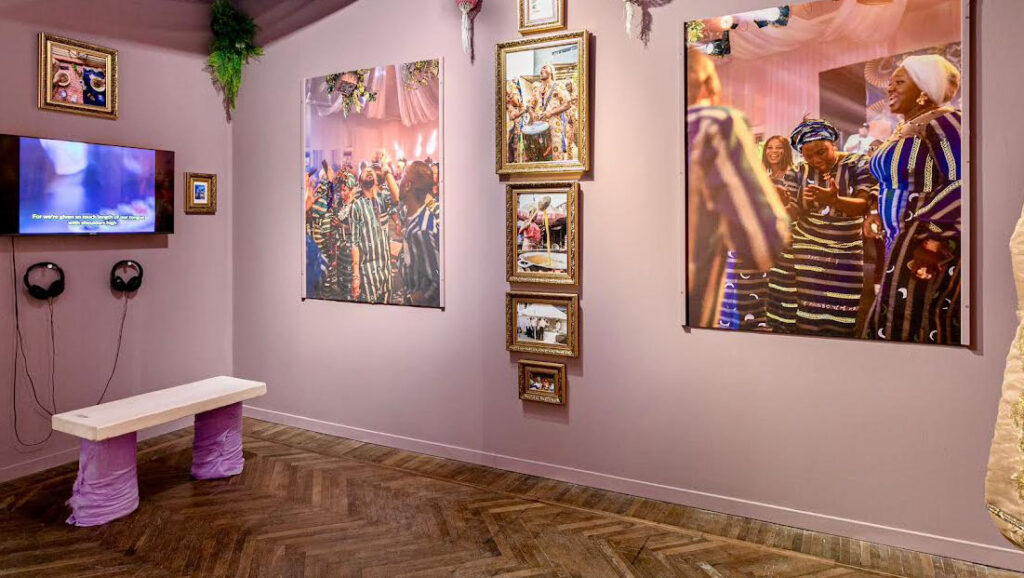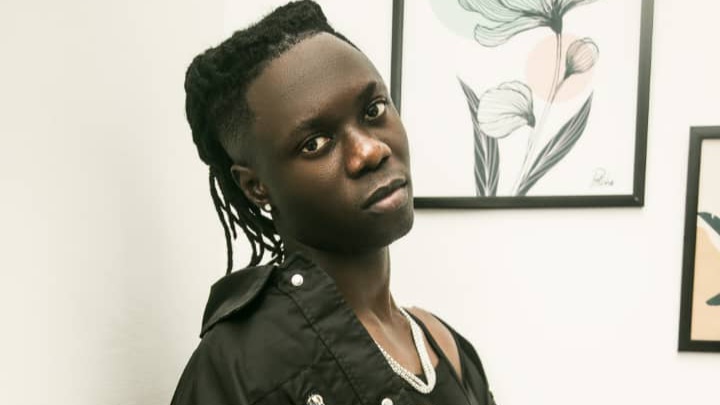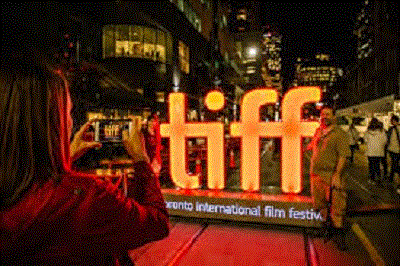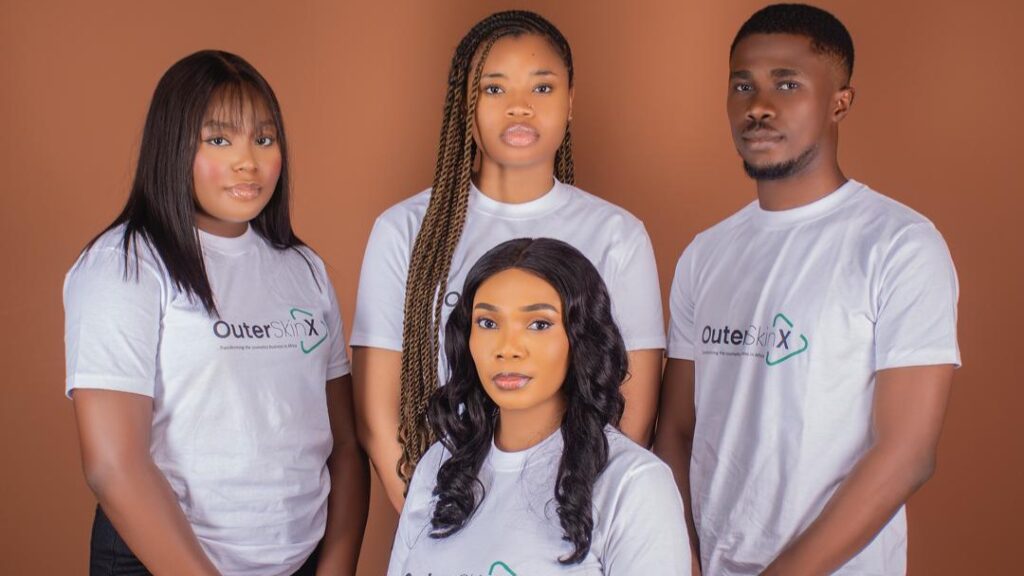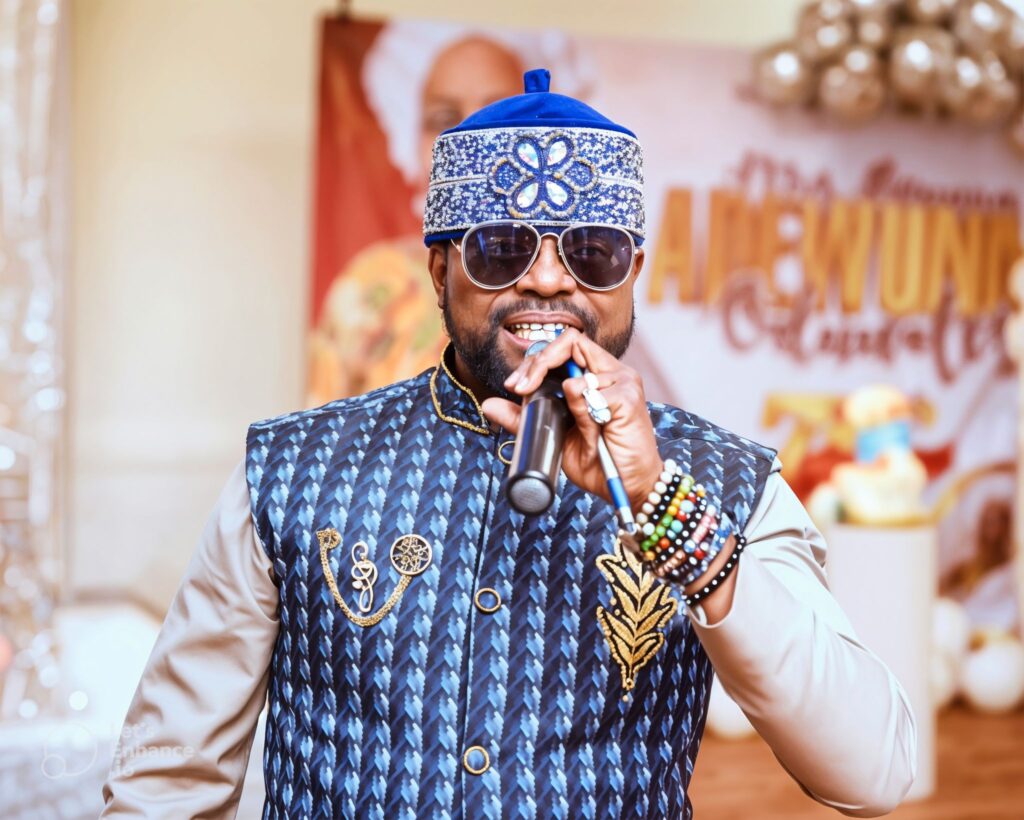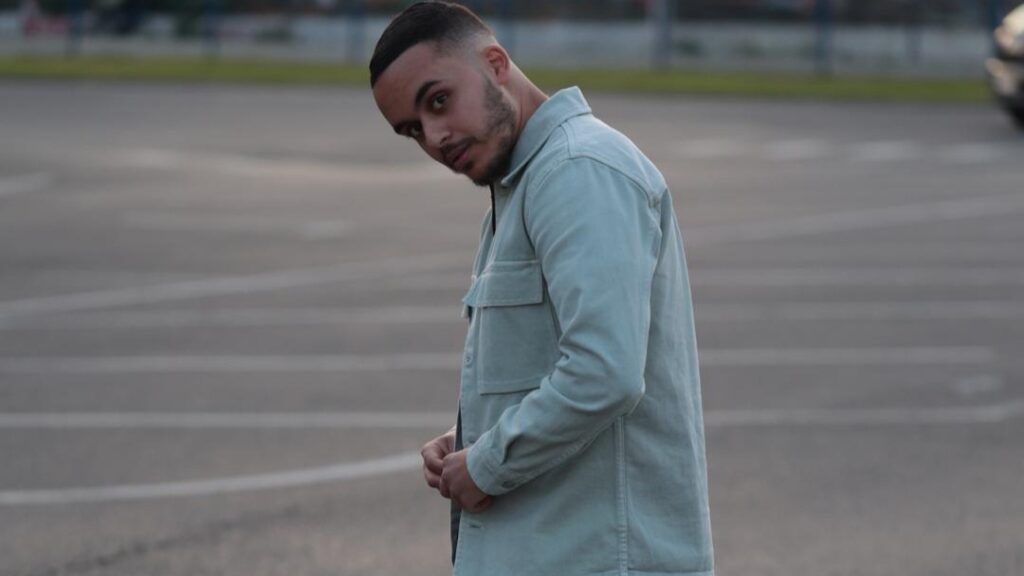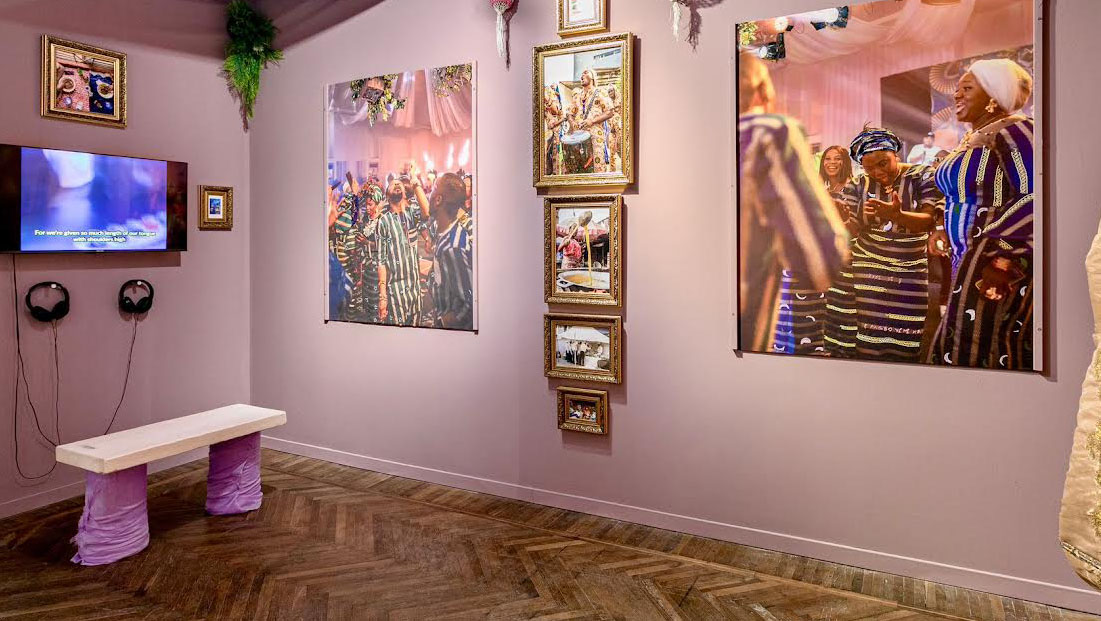
From April 20, when Venice Biennale 2024 opened its doors to welcome international artists, and November, when it ends, the issue of displacement and refuge will be focal point of discussion.
The theme of this 60th edition, Foreigners Everywhere, is centred on work of artists who have had first-hand experiences with this poignant subject. It is a reflection of current tragic state of the world. The 2024 show similarly focuses on works by artists from discriminated groups, such as immigrant and displaced indigenous artists, bringing stories of exile and alienation to the forefront.
The theme appears a logical continuation of the last edition, titled, The Milk of Dreams, which featured mostly female and non-binary artists.
The curator of the 2024 edition and artistic director of Museu de Arte de São Paulo, Adriano Pedrosa, is first Latin American man to organise the Venice Biennale. Pedrosa aims to disrupt the notion of modernism being a strictly European and Northern American phenomenon.
This year’s biennale is featuring separate sections dedicated to modernist artists of Global South. This portion of the exhibition is to show how art movements originating in the Global North were appropriated and re-contextualised by artists from Africa, Asia, and Latin America.
Pedrosa’s intended focus on cultural identity is further evidenced by the record number of African countries named as exhibitors, where four out of the 13 are representing their nations for the first time. This marks the biennale’s highest number of Pavilions from the continent since its 1954 conception.
The multidisciplinary artist, Orry Shenjobi, is flying the Nigerian flag, and she has proven to be a shining light in the country’s art trajectory.
Shenjobi is not a familiar face in Nigeria’s exhibition circuit; however, she is an artist with abundant gifts: A trained product designer from the University of Leeds, her approach to ‘subjects’ is scientifically calculated.
She was invited by the European Cultural Centre (ECC) to present a selection of her signature mixed media works related to the themes of time, space, and existence. Aligning with biennale curator Adriano Pedrosa’s overarching vision for this year’s edition (‘Foreigners Everywhere’), A wà ńbẹ̀, the Yoruba phrase which translates to “We are there”, contextualises the exuberant culture of celebration unique to Nigerian communities and aptly defines Shenjobi’s debut on the global art scene.
Shenjobi is the youngest of 200+ artists exhibiting as part of the ECC’s Personal Structures presentation. Her works is being presented at Palazzo Mora, on view from the preview days (18 and 19 April), until its 24 November closing.
Her practice is layered by definition – she often begins by capturing documentary-style photographs of cultural scenes and practices, going on to manipulate them through varied methods of printing, painting and stitching. Pieced together, the works on view tell a quintessential story of the festive tradition of Nigerians living in both Africa and its diaspora – the deliberate embellishment of textures and colours speak to Shenjobi’s upbringing between two distinct and eclectic cities, London and Lagos.
Owambe refers to the longstanding tradition of festive celebrations that incorporate vital elements, such as the food, clothing, dance and music, native to Nigerian culture. It’s this cultural experience – from its preparation to the departure of guests – that Shenjobi is representing through a combination of paintings, photographs, site-specific installations, bottled scents and a short film. Bringing her vision to life is curator, Usen Esiet.
Structuring the exhibition according to these three distinct themes, Esiet foregrounds the multisensory experience of Owambe culture in an ontological framework that he refers to as “an act of celebration of the art of celebration”.
Whilst Shenjobi is the sole Nigerian representative amongst the ECC’s selection of artists for their Personal Structures presentation — alongside the likes of Hermann Nitsch and Yoko Ono — she joins the league of participants working across Nigeria and its diaspora, who are making waves at this year’s event.
Situated alongside first-time participants and established, supporting forces, the biennale marks a pivotal moment in Shenjobi’s career, whose culture-led practice echoes the current pulse of the contemporary art scene. Now, she invites communities, near and far, to revel in the spirit of Owambe culture throughout Venice and beyond.
“A wàn bé focuses on transcending boundaries and celebrating cultural heritage aligns perfectly with the themes of the exhibition. It’s wonderful to see art that embraces the diversity and richness of Nigeria’s heritage. Your new body of work looks like it will make a significant contribution to the dialogue around cultural identity and tradition,” said a Nigerian art enthusiast, Ola Awosika.
The art journalist culture advocate and, Jahman Anikulapo, said he was mesmerised by the exhibition.
Anikulapo, the longest serving editor of The Guardian on Sunday, who was in Europe at the time of the show, said: “Great piece, very well thought through in content, concept, context, and colours, with bonus of owanbe sound and visuals titillating the sensual palates of guests. I was really elated at the discovery, and I noticed that guests to the pavilion spent the longest time in the room than in other rooms.”
Hakeem Belo-Osagie captured the show in five words: “Excellent, outstanding work. Well done.”
While Myma Belo-Osagie, wrote in the show’s note, “amazing work. Well done. Very proud of you.”

